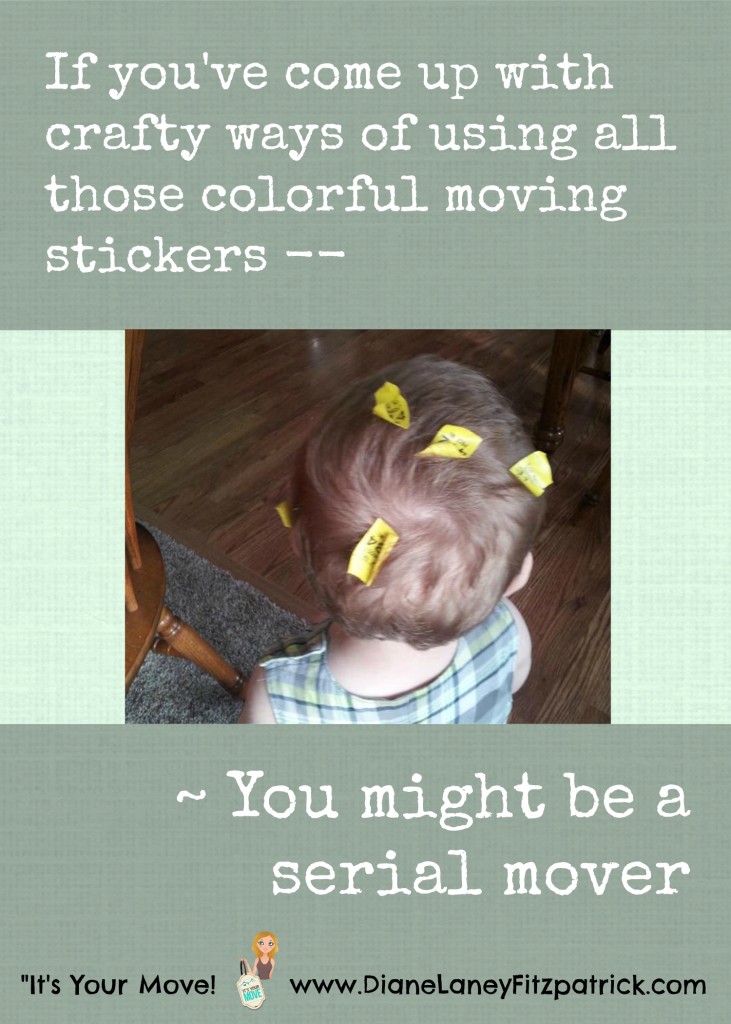Seriously, selling a house over the holidays is the ultimate challenge. Can you really strike a balance between successfully marketing your home and keeping your family life as normal as possible? When you promise your children that putting your house on the real estate market is not going to ruin Christmas, did you consider what to do about decorating the house?
Fear not. You can still deck your halls and make them real-estate ready and presentable to potential buyers.
The best advice I’ve found is from Realtor Janet Elvington in Florence, South Carolina. Here’s her super short video with some tips on how to best present your holiday decorated home to buyers.
HGTV offers these tips for decorating your house for sale:
Clean and stage first – Before you decorate, get rid of clutter.
Think cozy – A few subtle touches like a bowl of pinecones, an evergreen wreath, or a pot of cider simmering on the stove can put buyers in the holiday spirit without taking away from your home’s best features.
Complement your palette – Instead of slapping on anything red and green, choose holiday decorations that match your current decor. If your living room is a pale blue, skip clashing reds and choose the white snowflakes or silver candles and wreaths. If you’ve got an earthy color scheme, use cranberries, natural greens and golds.
Accentuate the positives – Subtle, minimal decorations at just the right places will help draw buyers’ attention to your home’s best features. Dangle mistletoe in that arched doorway, or place a menorah on the ledge of that beautiful bay window.
Don’t overdo lights – Sure, we associate the holidays with things that light up. Just keep it to a minimum, both indoors and out.
Now here’s one from me: Keep your buyers in mind. When selling our homes, we all want buyers to be able to picture themselves in our house. Display your most neutral decorations – things that most everyone either has or would love to have – to show buyers how the house would look if they were spending the holidays in it. If you have the perfect spot for a Christmas tree, put it up and decorate it. Buyers will love knowing that their tree will look equally as lovely in that same spot.
So it’s agreed: Holiday decor can add to your home’s beauty, as long as you don’t overdo it. Even the classiest decorator can get kitschy around the holidays. And we tend to cram our Santas, angels, carolers, Christmas trees, snowmen and all the accompanying glitz wherever there’s an inch to spare. But the year you are selling your home is the year you should take a break from that. You may find you like it!
~~~
If you like Diane's humorous take on moving, you'll love her book Home Sweet Homes: How Bundt Cakes, Bubble Wrap, and My Accent Helped Me Survive Nine Moves.
~~~
If you like Diane's humorous take on moving, you'll love her book Home Sweet Homes: How Bundt Cakes, Bubble Wrap, and My Accent Helped Me Survive Nine Moves.








